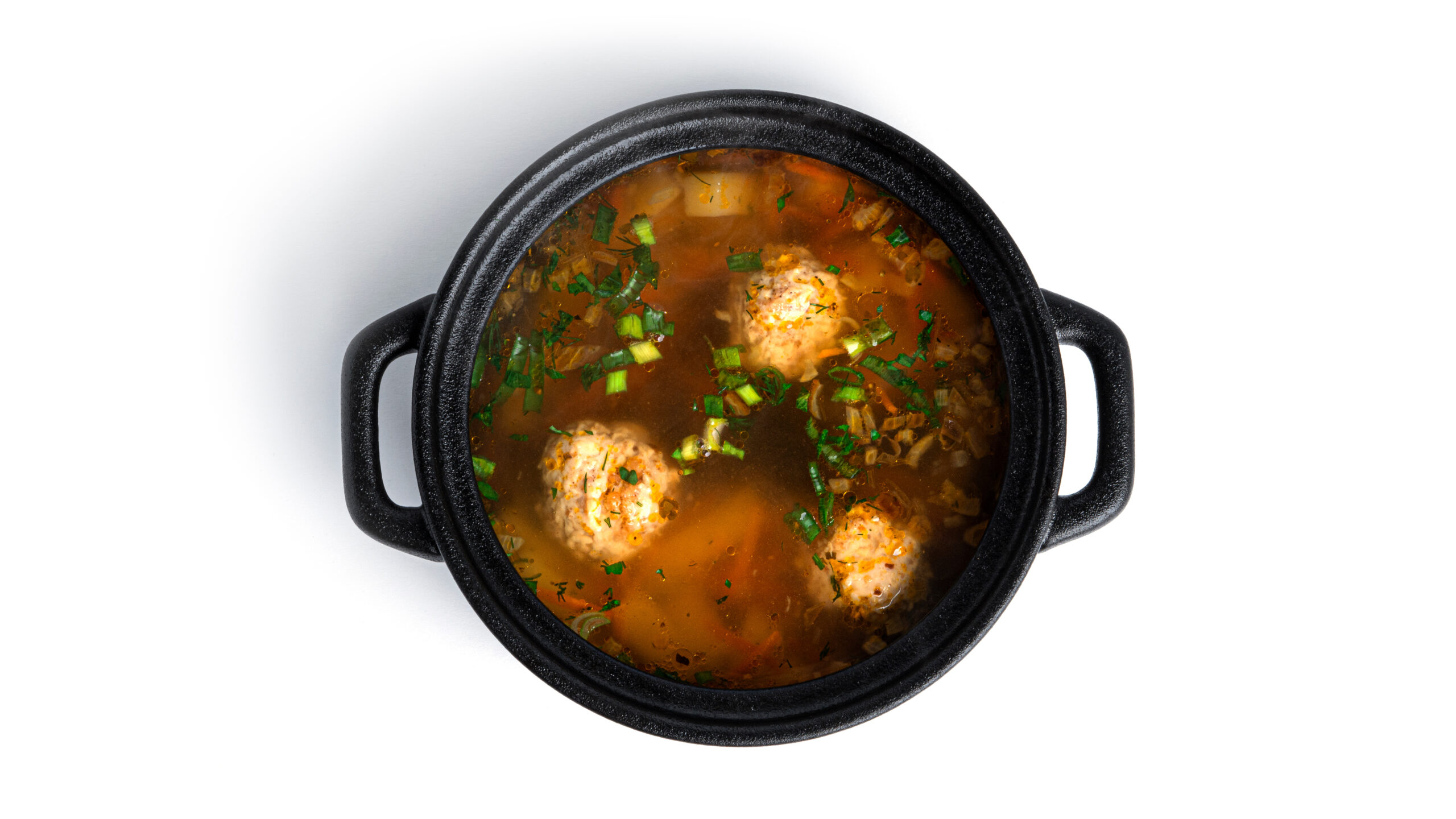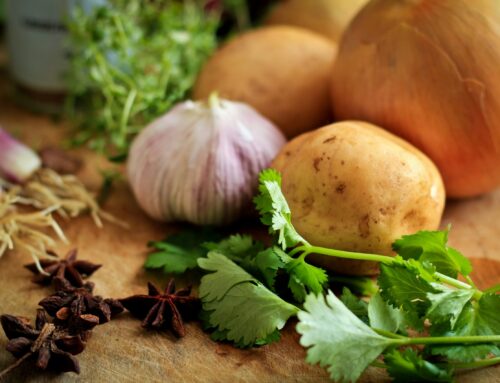The Alchemy of Soup
By Ashley Crouse, Moth + Moon Farm & Apothecary
Most of us associate soup with comfort and healing because it was usually brought to us when we were sick or having a bad day. This practice stems from the ancient traditions of soup medicine and nourishment, with the earliest soups originating from around 20 000 BC when the clay pot was created. Soup was an easy way to get a lot of nutrients into one comforting meal – and it still is. The technique of cooking the aromatics and root vegetables down for hours over the fire until edible was necessary in a time before instant electric heat. This process left a nutrient dense broth behind – creating the basis of the soups we still make today.

ISSUE
Fall/Winter 2023
The Broth
This is the most important component. It doesn’t matter if you put any produce in your soup; if you have a good broth then you don’t need anything else. There was a time when cooks used real broth to make everything. Stews, sauces and gravies were started with a nutritious broth that was already packed full of flavour and vitamins. Unfortunately, the introduction of processed foods allowed cooks to forget these valuable broth making skills. Soup slowly went from savoury food medicine to a quick meal; canned for convenience and long term storage. Today a lot of soups are still made with powdered “soup base” instead of bones, eliminating all of the nourishment that could have been. When starting your soup, you want to begin with locally sourced marrow bones and chicken carcasses. You can add aromatic herbs like bay and celery, root vegetables like carrot and burdock, and even some powerful mushrooms like reishi or shiitake for an incredible health tonic.
The Herbs & Spices
The herbs and spices you use will depend on what kind of soup you’re making. There are so many flavour combinations available and this is what makes soup one of the most creative meals. Savoury chicken soups usually make use of aromatic herbs like rosemary, thyme and oregano – which also happen to be antiviral. This is where the concept of healing chicken soup comes from. Curries are infused with warming spices like cumin, ginger and turmeric making them a powerful anti-inflammatory tonic. Mexican stews are loaded with spicy chiles and are a delicious option for clearing the congestion of cold/flu season. Food medicine can be as easy as it is tasty.
The Produce
This is where things get important again. If you’re adding meat and vegetables to your soup, you need to make sure you’re sourcing your produce properly. Boosting your soups with nutrient dense vegetables and iron-rich proteins is the final component to building a healing powerhouse in your pot. Most soups are started with a mire poix which is just a threesome of aromatics, usually carrot, celery and onions. I like to build my soups in layers, starting with cooking down the onions. I season every layer as I go with a pinch of salt and whatever spice mix I’ve chosen. After the onions are lightly caramelized, I add the other aromatics and cook them down until there’s a lot of flavour in the pot. This is where you start to add your broth and the rest of the produce to simmer. It’s good to add dried herbs while cooking and fresh herbs to finish.
Last but not least there is one final secret: Soup needs to sit overnight to truly taste good. This isn’t necessary but allowing the soup to rest and infuse in the fridge will only make it taste better. I hope this makes you as excited for soup season as I am!






